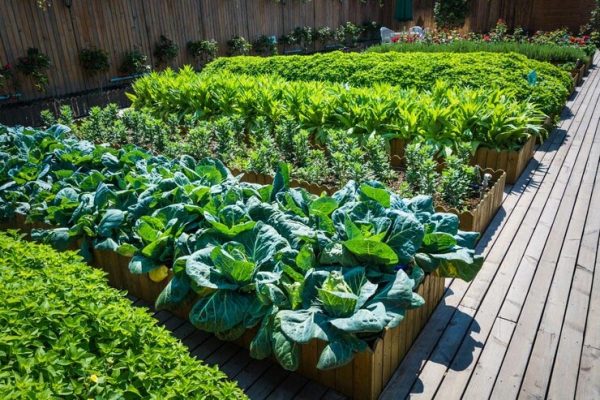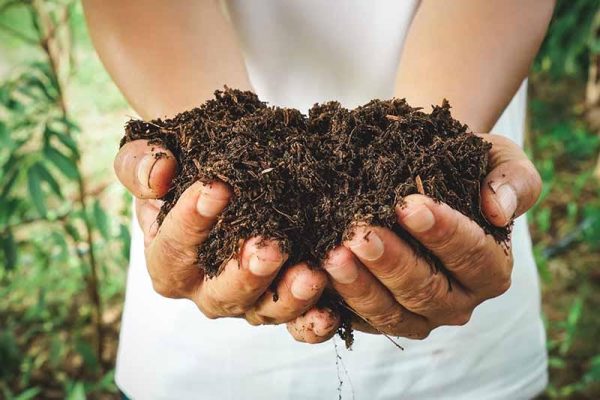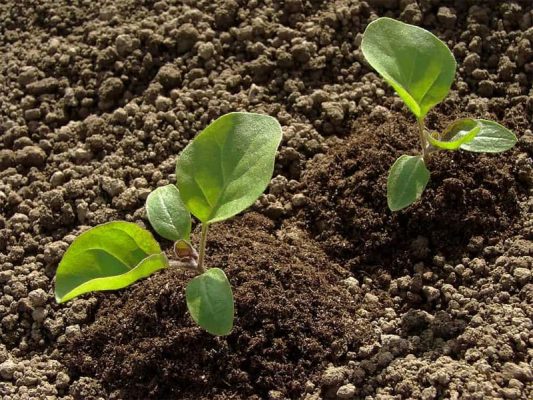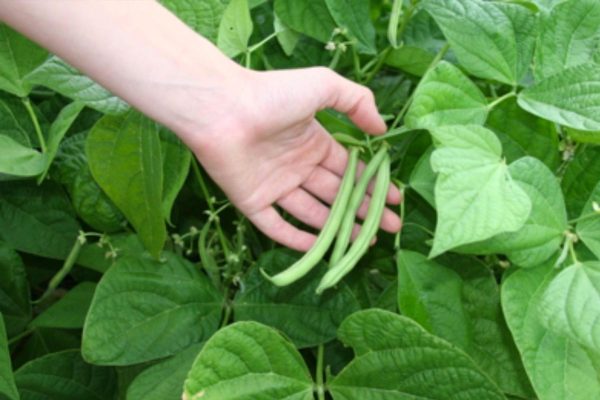
Green Beginnings: A Guide to Backyard Gardening for Beginners
Starting a backyard gardening journey for beginners is akin to embarking on a delightful adventure where you can cultivate your own fruits, vegetables, and herbs right at home. Whether you have a sprawling yard or a cozy balcony, you can partake in the joy of nurturing your own food in the comfort of your living space. In this article, we will delve into how to kickstart your backyard gardening journey, covering essential aspects such as selecting the right plants, preparing your soil, and addressing common challenges along the way.
Are you eager to transform your backyard into a lush oasis of greenery, but don’t know where to start? Look no further! Whether you have a spacious yard or a cozy balcony, embarking on a gardening journey can be both rewarding and therapeutic. In this beginner’s guide, we’ll walk you through the essential steps to kickstart your backyard gardening adventure.
A Guide to Backyard Gardening for Beginners
Step 1: Assess Your Space

Before you start digging, take some time to observe your backyard. Note the amount of sunlight it receives throughout the day, the quality of the soil, and any existing plants or structures. Understanding these factors will help you choose the right plants for your garden and plan their placement accordingly.
Also Read This : Crafting Coco Peat: Unveiling the Coconut Transformation Process
Step 2: Choose Your Plants Wisely

Selecting the right plants is crucial for a successful garden. As a beginner, opt for low-maintenance varieties that are well-suited to your climate and soil type. Consider starting with easy-to-grow herbs like basil, mint, and rosemary, or vegetables like tomatoes, lettuce, and peppers. These plants are forgiving of beginner mistakes and can provide a bountiful harvest with minimal effort.
Also Read This : Thriving in the Heat: Essential Tips for Summer Vegetable Gardening
Step 3: Prepare the Soil

Healthy soil is the foundation of a thriving garden. Before planting, enrich your soil with compost or organic matter to improve its fertility and structure. Break up any compacted areas and remove weeds to create an optimal growing environment for your plants.
Also Read This : Green Spaces Elevated: 12 Tips for Successful Deck Gardening
Step 4: Plant with Care

When planting your garden, follow spacing recommendations to ensure adequate room for growth. Be gentle with your plants’ roots and water them thoroughly after planting to help them settle into their new home. Consider using mulch to suppress weeds, retain moisture, and regulate soil temperature.
Also Read This : Green Love: The Best Indoor Plants to Gift Your Partner on Valentine’s Day
Step 5: Watering Your Plants
Water your plants regularly, especially during the dry season. Ensure thorough watering to encourage deep root growth and minimize the need for frequent watering. You might want to explore options like a drip irrigation system or watering cans to deliver water directly to the roots, ensuring efficient hydration for your plants.
Also Read This : Essential Tips for First-Time Gardeners: Cultivating Success in Your Green Space
Step 6: Fertilization

Regularly nourish your plants with organic fertilizers such as cow dung manure, vermicompost, or compost tea. Steer clear of chemical fertilizers to preserve soil health and reduce environmental harm. By opting for natural fertilizers, you’ll not only provide essential nutrients to your plants but also promote a sustainable gardening approach that benefits both your garden and the planet.
Also Read This : 7 Beautiful Flowers That Bloom in Spring: A Burst of Color and Fragrance
Step 7: Provide Care and Maintenance
Regular maintenance is key to keeping your garden healthy and vibrant. Water your plants deeply and consistently, taking care to water the soil rather than the foliage to prevent disease. Monitor for pests and diseases, and address any issues promptly to prevent them from spreading. Additionally, fertilize your plants as needed to replenish nutrients and promote vigorous growth.
Also Read This : All Plants Will Be Green: Follow These Tips for Vibrant Foliage
Step 8: Enjoy the Fruits of Your Labor

As your garden begins to flourish, take the time to appreciate the beauty and bounty it brings. Harvest your crops regularly to encourage continuous production and savor the flavors of freshly picked fruits and vegetables. Share your gardening experiences with friends and family, and celebrate the joys of nurturing new life in your backyard.
Also Read This : Exploring the Beauty of 10 Plants With Heart-Shaped Leaves
Final Thoughts
Embarking on a backyard gardening journey as a beginner may seem daunting at first, but with patience, dedication, and a little bit of green thumb magic, you’ll soon find yourself reaping the rewards of your efforts. Remember to start small, learn from your mistakes, and enjoy the process of watching your garden grow and thrive. Happy gardening!
Also Read This : 7 Must-Have Plants for Your Kitchen to Enhance Beauty and Functionality
That concludes our guide to backyard gardening for beginners. We hope you found these tips helpful and are inspired to start your own green adventure. If you have any questions or would like further guidance, feel free to reach out. Happy gardening!




